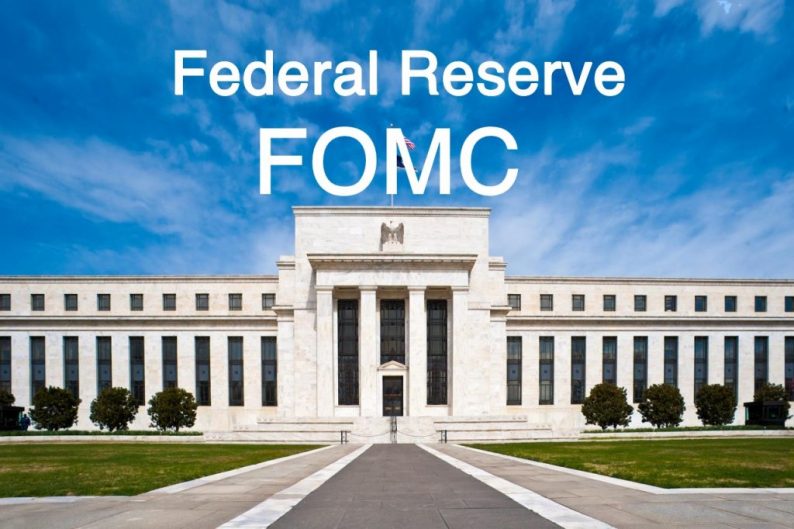As Treasury markets had correctly predicted, the FOMC raised its target range for federal funds by 25 basis points to 2.0%–2.25% at its meeting on Wednesday, Sept. 26.

Perhaps more importantly, it also deleted the observation that policy remains accommodative, though Chairman Powell went out of his way in his opening remarks to point out that its removal should not be interpreted as a signal about the future path of rates. Rather, it was simply a reflection of where the Committee saw policy. This so-called clarification, however, didn’t square entirely with his observation that financial conditions remained “accommodative.”
Since the meeting was also one in which the Committee revised its Summary of Economic Projections (SEP), it is worth noting that there were really only three changes or additions worth commenting on. First, both the median GDP growth for 2018 and its central tendency were revised up slightly, which Chairman Powell said reflected the strength of incoming data and robust consumer and business confidence. Second, forecasts for 2021 were added, and GDP for each year after 2018 was projected to be lower than the preceding year’s, with the figure for 2021 showing growth of only 1.8%, equal to that forecast for the longer run. At the same time, there were no significant changes in the forecasts for unemployment or inflation. When asked about that, Chairman Powell simply stated that the inflation dynamics now appear to be different from those of the past, implying that the Phillips curve is essentially flat. Finally, even by the end of 2021, the median federal funds rate is expected to be still almost a half percentage point higher than the longer-run rate.
Looking beyond September to the end of the year and possible rate moves in 2019 and beyond, the dot chart suggests that 12 of the 16 participants think there will be one more hike in 2018. Given that by December the Committee will have an observation on Q3 GDP and a new set of SEP forecasts available, the likelihood is that the rate move will occur at that meeting. Moreover, with regard to the moves that have occurred this tightening cycle, there has been no instance when an increase was approved at a meeting when no press conference was scheduled and no SEP forecasts were available. Note that all meetings in 2019 will be followed by press conferences.















Leave A Comment